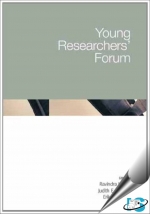Tab Article
Concrete is at something of a crossroads: there are many opportunities and some threats. For those opportunities to change into beneficial practice, engineers, material scientists, architects manufacturers and suppliers must focus on the changes that are required to champion concrete and maintain its dominance within the global construction industry.
The Concrete Technology Unit (CTU) of the University of Dundee organised this Congress to address these changes, under the theme Global Construction: Ultimate Concrete Opportunities 5-7 July 2005.


